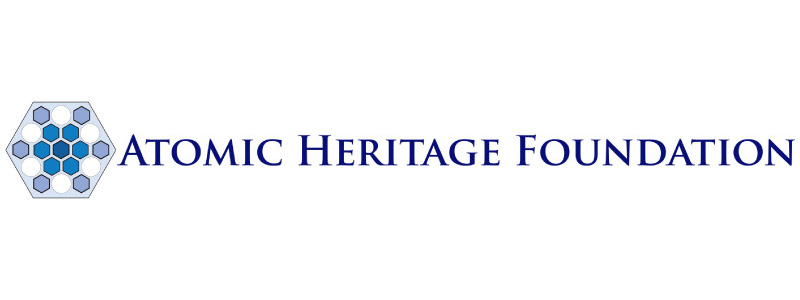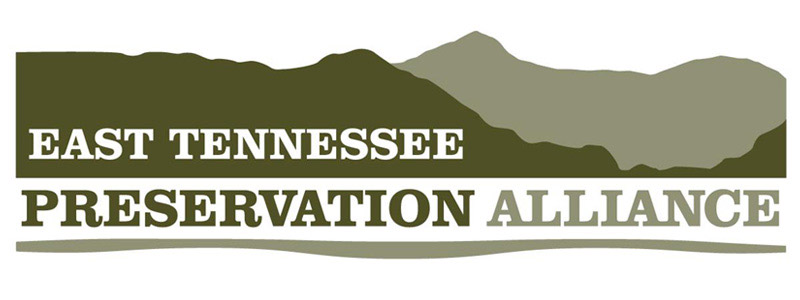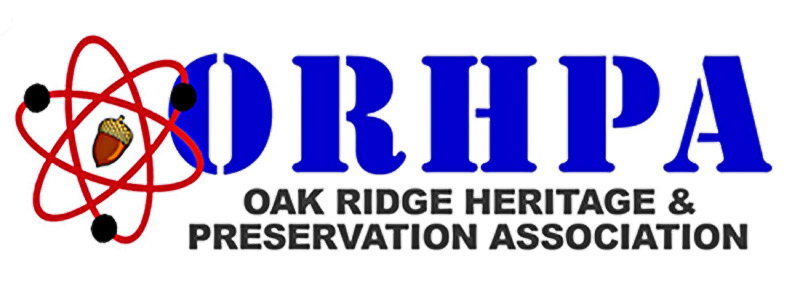ABOUT
Mission
Welcome to the K-25 Virtual Museum. This website was created to communicate the rich history of the K-25 Site – during war and in peace – that spanned more than 70 years.
In the race to build the atomic bomb and win the war, U.S. military strategists and world-renowned scientists embarked on a top-secret mission code named the Manhattan Project. The project would pursue two paths to develop the bomb – uranium and plutonium. In rural Tennessee, a two-million-square-foot building called K-25 would support uranium enrichment using the gaseous diffusion process.
Through historic photos and videos, oral histories, and detailed narratives and graphics, the visitor will experience the events that led up to the weapon race, the covert processes and structures that materialized from the urgency, and the worker perspective in wartime conditions.
Much of the photography used in the K-25 Virtual Museum is the work of renowned Manhattan Project photographer, Ed Westcott. Mr. Westcott's images have greatly enhanced the website and enriched storytelling. Other visuals used on this website are the property of the Department of Energy, unless otherwise noted.
History
Once the largest building under one roof in the world, the K-25 Building delivered its wartime mission within two years. Gaseous diffusion proved to be a highly efficient and reliable process for enriching uranium, fueling one of two atomic bombs that eventually brought World War II to an end.
The K-25 Site eventually expanded by adding four more gaseous diffusion process buildings and became a workhorse during the Cold War for producing enriched uranium used for defense and energy missions.
In 1985, after 40 years of operation, the gaseous diffusion process at the K-25 Site was shut down. The process buildings were left in place to await demolition. Four years later, the site was renamed the East Tennessee Technology Park (ETTP) and its mission changed to one of environmental restoration, waste disposition, and reindustrialization.
By 2020, all 500 facilities on the site have been removed and the land has been or is being remediated for reuse in one of the three desired end states: redevelopment, conservation, and preservation.
Preservation
While looking forward to cleanup, reuse, and reindustrialization, site owner/steward, the U.S. Department of Energy (DOE), also began looking back at the monumental role played by K-25 and other Manhattan Project facilities and recognized the importance of developing historic preservation and interpretive plans for the sites. In 1999, the K-25 Building was designated a signature facility for the interpretation of the Manhattan Project. The historic significance of K-25 was now established, but it would take more than a decade to determine the means of preserving its history.
In 2012, a final Memorandum of Agreement was signed that outlined the preservation strategy. In early 2020, the K-25 History Center was opened to the public. Visit K-25 Preservation to learn more about planned preservation efforts.
View Memorandum of Agreement (MOA)
CONSULTING PARTIES
The K-25 Virtual Museum (website) brings to fruition the goal for historic preservation of the K-25 Building and interpretation of the site's missions. We wish to recognize the contributions made by the Consulting Parties to the August 2012 Memorandum of Agreement. Visit their websites to learn more about their respective organizations, missions, and projects.













